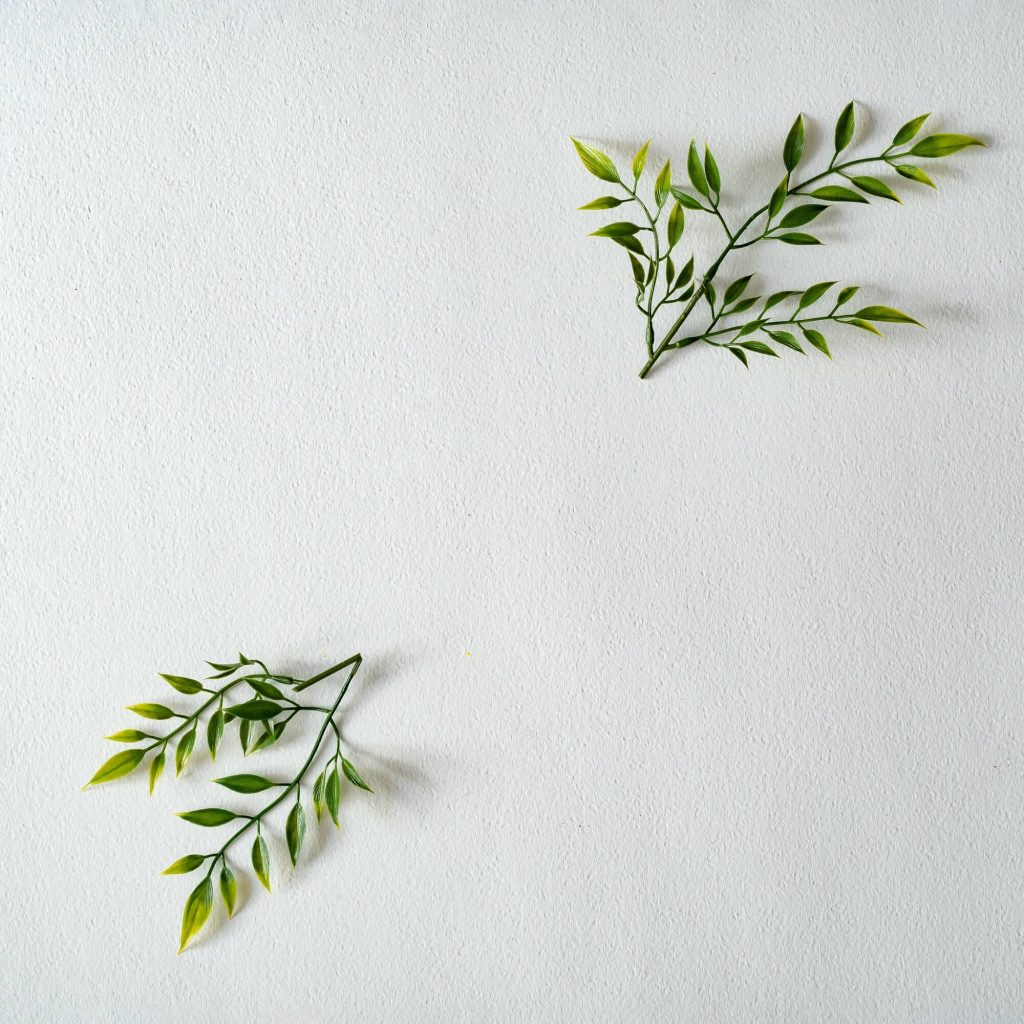Chess is a game that has been enjoyed for centuries and continues to be a popular pastime for people of all ages. Whether you are an experienced player or just starting, having a high-quality chessboard can enhance your playing experience. While there are many options available on the market, nothing beats the satisfaction of creating your perfect wooden chessboard. In this DIY guide, we will walk you through the process of creating the perfect wooden chessboard, from selecting the right materials to finishing the final product.
1. Introduction
In this article, we will provide a step-by-step guide on how to create a high-quality wooden chessboard from scratch. We will cover everything from selecting the right materials to finishing the final product. By following these instructions, you will have a beautiful and functional chessboard that you can be proud of.
2. Materials
To create a wooden chessboard, you will need the following materials:
- 1/2″ x 1/2″ x 24″ wooden strips (in two contrasting colours)
- Wood glue
- Sandpaper (220 grit)
- Finish (such as oil, varnish, or lacquer)
- Paintbrush
3. Tools
You will also need the following tools:
- Table saw
- Miter saw
- Clamps
- Tape measure
- Pencil
- Square
- Sanding block
4. Planning Your Design
Before you start cutting any wood, it’s important to plan out your design. You can create any pattern you like, but a classic chessboard pattern is 8 x 8 squares, with alternating light and dark colours.
Using your pencil and square, mark off your squares on the wooden strips. Make sure your lines are straight and even. Once you have marked off all the squares, use your mitre saw to cut the strips into individual squares.
5. Cutting the Wood
Using your table saw, cut the two contrasting colours of wood into strips that are 1/2″ wide and 24″ long. You will need a total of 32 strips in each colour.
6. Gluing the Squares
Using your wood glue, start glueing the squares together, alternating the colours as you go. Use clamps to hold the squares in place while the glue dries. Make sure to wipe away any excess glue with a damp cloth.
Once all the squares are glued together, let the board dry overnight.
7. Sanding and Finishing
Using your sanding block and 220-grit sandpaper, sand the board until it is smooth and even. Wipe away any dust with a damp cloth.
Next, apply your chosen finish to the board using a paintbrush. Follow the instructions on the finish to ensure that you apply it correctly. Let the finish dry completely before moving on to the next step.
8. Adding the Border
To give your chessboard a finished look, you can add a border around the edge. Cut four strips of wood to the same length as your chessboard. Glue them to the edge of the board, making sure they are flush with the surface. Clamp the strips in place and let them dry overnight.
9. Conclusion
By following these simple steps, you can create a high-quality wooden chessboard that you can be proud of. Not only will it enhance your playing experience, but it will also serve as a beautiful and functional piece of home decor. Remember to take your time and be patient throughout the process, as creating a perfect chessboard can take some time and effort.

